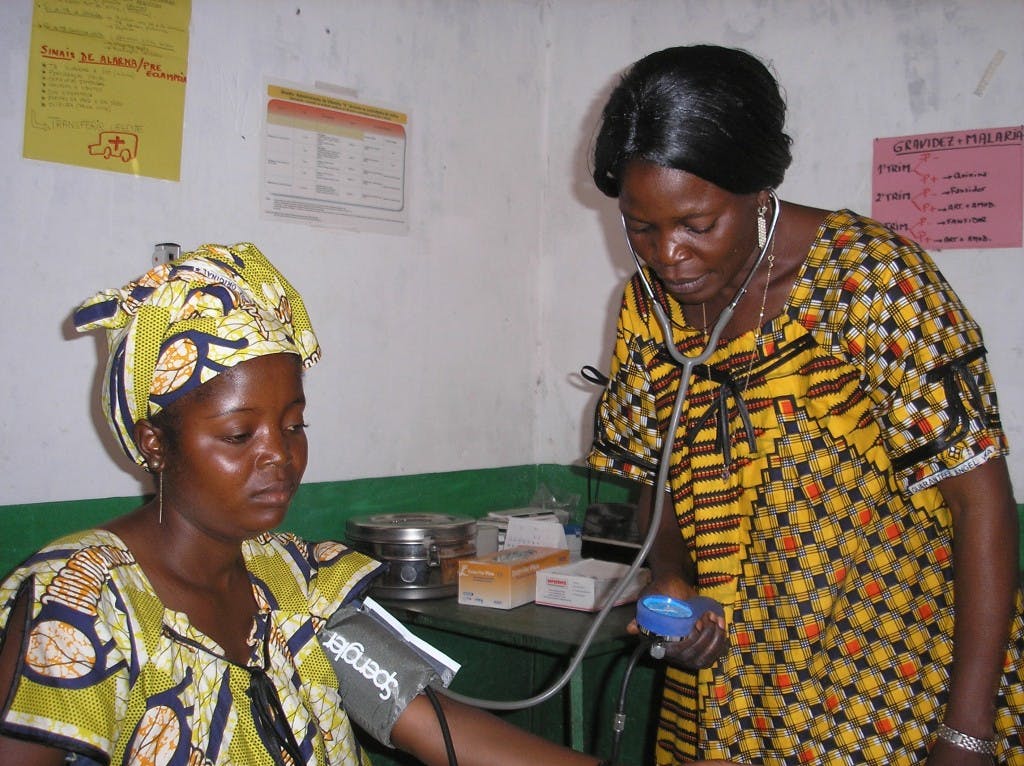The World Needs More Midwives
Jan 21, 2015
First story


In Pakistan, a laboring mother needs emergency assistance, but the health post is a two-day trek away, through mountainous terrain in sub-zero temperatures. In Uganda, a family is terrified when a new mother is suffering a hemorrhage but the nearest hospital is an 8-hour walk away. In Guatemala, a young mother is faced with an 80% cesarean section rate in her community. And in the United States, a healthy woman is coerced into using drugs to speed up her labor.
Thousands of women around the world are faced with circumstances similar to these every day. Yet there is one simple, low-cost solution: train more skilled birth attendants – midwives – who are equipped to work everywhere, from the most remote communities of resource-constrained countries to the most populated cities of the world’s wealthiest nations.
Most of us have already heard the UNFPA’s sobering statistic: approximately 350,000 women die while pregnant or giving birth every year. That’s almost 1,000 maternal deaths per day, every day. While most of these deaths occur in resource-constrained countries, a staggering number of maternal and newborn deaths occur in the countries that spend the most on their care. The United States, for example, spends over $97 billion on new mothers and babies each year – and yet, the US ranks 50th in the world for maternal mortality.
Midwives offer a low-cost, culturally appropriate, and compassionate model of care, and now, more than ever, the world needs more of them. Studies by the World Health Organization and other international agencies show that skilled birth attendants like midwives can reduce newborn death by as much as 40%, and often significantly reduce maternal mortality.
This is because the Midwives Model of Care holds true that the majority of women are perfectly equipped to safely deliver their babies at home with the care of a professional midwife, without unnecessary interventions or the use of invasive electronic equipment. This model is safe and effective, and can be adapted to serve every corner of the world, promising women in remote communities access to the care they need. Trained midwives are also well equipped to respond to the eventuality of time-pressed emergencies, recognizing when higher-level medical care is needed before the need is imminent.
Midwife International (www.midwifeinternational.org) believes that it is possible to transform the face of the global maternal healthcare crisis by training the next generation of midwives. The organization offers programs that are designed to help students explore not only midwifery, but community development and women-centered advocacy in an intercultural context. They partner with established birth clinics around the world to provide unique and rigorous training for those who believe their calling is to serve mothers and babies. The goal is to train midwives who are leaders in the movement to improve maternal healthcare at the global level.
With 58 countries lacking skilled health workers, now is the time to focus on training a workforce of compassionate and individuals committed to the survival of babies, mothers, and the planet. Find out how to train to become a midwife at www.midwifeinternational.org.




